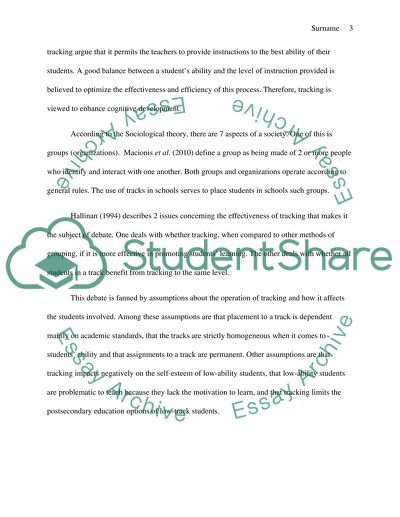Cite this document
(“Tracking in Schools and Its Effects on Equality and Quality of Term Paper”, n.d.)
Tracking in Schools and Its Effects on Equality and Quality of Term Paper. Retrieved from https://studentshare.org/sociology/1449147-tracking-in-schools
Tracking in Schools and Its Effects on Equality and Quality of Term Paper. Retrieved from https://studentshare.org/sociology/1449147-tracking-in-schools
(Tracking in Schools and Its Effects on Equality and Quality of Term Paper)
Tracking in Schools and Its Effects on Equality and Quality of Term Paper. https://studentshare.org/sociology/1449147-tracking-in-schools.
Tracking in Schools and Its Effects on Equality and Quality of Term Paper. https://studentshare.org/sociology/1449147-tracking-in-schools.
“Tracking in Schools and Its Effects on Equality and Quality of Term Paper”, n.d. https://studentshare.org/sociology/1449147-tracking-in-schools.


